How to dress a baby for sleep - 5 top tips, including what tog sleeping bag is best
How to dress a baby for sleep can (hopefully) help with longer sleeps
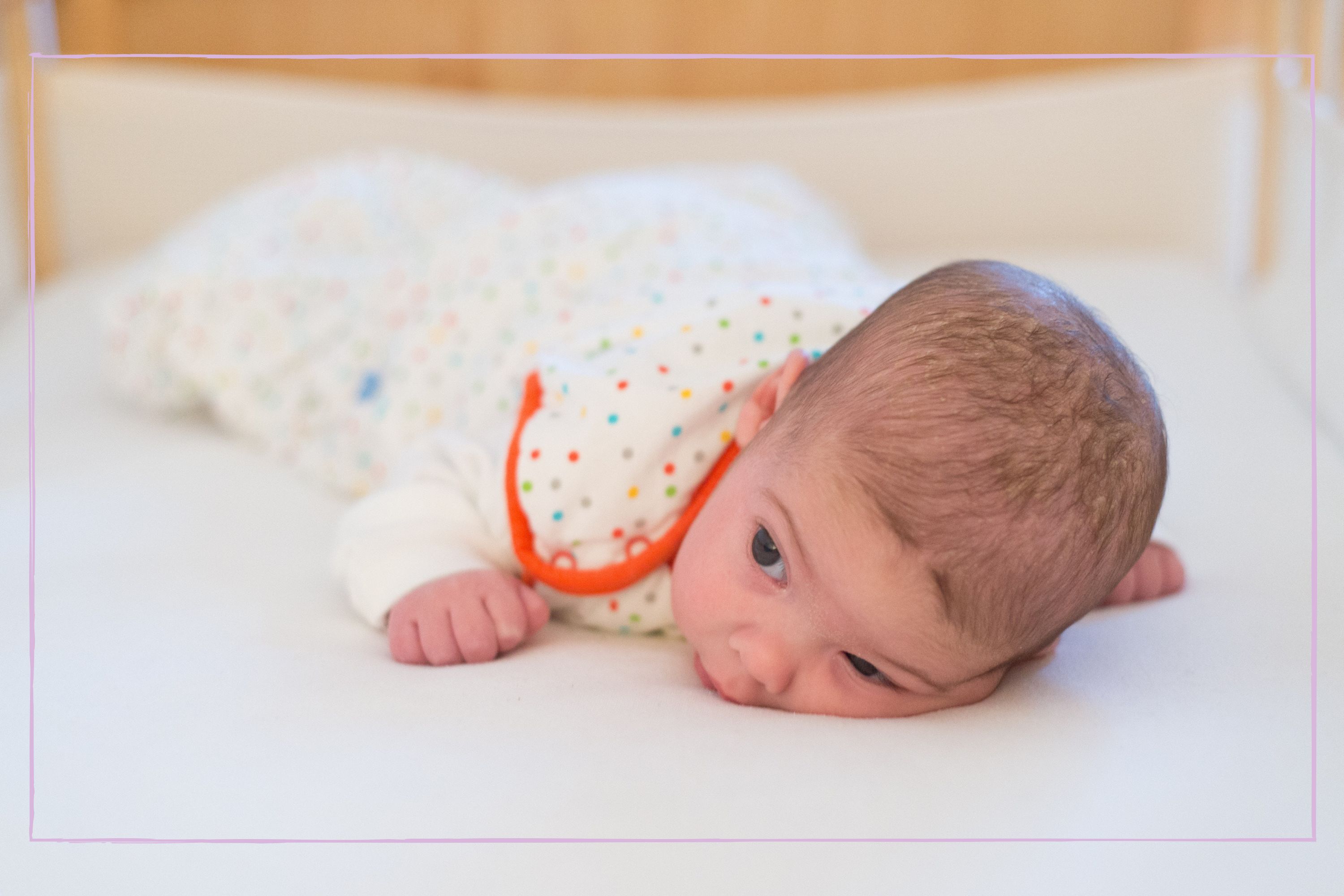
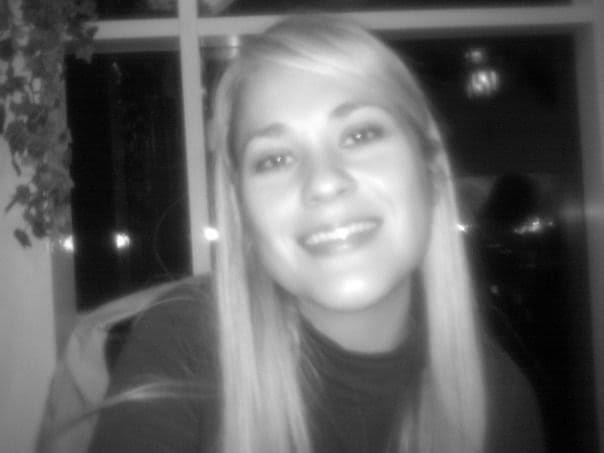
How to dress a baby for sleep is something not all parents realise they need to know. But, if they're too cold or too hot this could be what's waking your baby up. We share top tips on how to safely dress your little one for sleep.
You might have pondered over the best cot mattresses for your baby, and no doubt well-meaning family members have imparted wisdom over the sleep training routine that worked miracles for them. But with all the thought put into bedtime, knowing how to dress them for sleep might prove tricky. And, with a dazzling array of clothing to wear for the occasion, from sleeping bags to swaddles, there are many choices to make when optimising your baby's comfort.
Mum-of-two Lucy tells us; "Our first baby was born in the middle of winter, and we worried over buying the right sleeping bag with the correct tog, and whether blankets and other items were even allowed. It turned into a lot of late-night searching to put our minds at rest. Having all the information to hand in one place would've been amazing!"
Here we share practical advice and the latest guidelines, on how to dress your baby for sleep, along with information about selecting togs.
How to dress a baby for sleep
Dress a baby for sleep with one or more layers of appropriate sleepwear to provide enough warmth to remove blankets altogether. Updated evidence in a 2022 study from the American Academy of Pediatrics confirms that using blankets is still very much related to sudden infant death syndrome (SIDS), suffocation, strangling, and other dangers.
Overheating can also be an issue for sleeping infants and can be avoided by considering clothing and sleepwear that isn't too heavy or covering the baby's head. Room temperature should also be considered, with babies made comfortable by having their nightwear layered to suit it. A general rule when choosing layers is to opt for one more layer than an adult would need to stay warm under the same temperature.
1. Check room temperature
Babies do not require a room to be hot, and safe sleeping advice from the NHS suggests keeping the heating off at night, despite the worry your infant might become too cold. The room should be kept between 16 to 20C, and if a radiator does happen to be on in the house, the baby should be kept away from it. Similarly, they should be kept away from lit fires, and out of direct sunshine when napping during the day. Even babies who are unwell need fewer bed clothes, despite the parental instinct to keep them warm at this time.
GoodtoKnow Newsletter
Parenting advice, hot topics, best buys and family finance tips delivered straight to your inbox.
Mum-of-one and Family Editor at goodto.com, Stephanie Lowe tells us; "We had the Gro Egg as a gift, and it was handy to know the temperature of Ted's room in the beginning. By about 9 months in I felt confident to re-gift it. To be honest, I started to feel attacked by the bright red colour during hotter nights."
If your baby appears unsettled at night and the usual checks have been performed - feeding and nappy changed - they could be letting you know they're too hot. Visible perspiration, wet hair, flushed cheeks, and rapid breathing can be immediately visible indicators of overheating. If you still aren't sure, feel your baby’s tummy or chest - if they are hot or sweaty, your baby could be overheating.
Remove a layer of clothing, and lower the room temperature if possible. Remember that their extremities might still be cool to the touch even if they're when too hot, and this is completely normal. Holistic baby and toddler and sleep consultant Sarah Patel from Teach to Sleep, tells us "If your baby’s skin is hot or sweaty, remove one or more layers of bedclothes or bedding. In really hot weather just a vest or nappy is fine."

2. Should babies wear a hat to bed?
No, according to a 2020 study in the National Library of Medicine babies shouldn't sleep in hats, as this can also result in overheating. Babies lose excess heat through their heads, meaning heads should always be free of bedclothes or any other items while they're sleeping. If you've been out and about with your baby on a cold day, any hats should be removed when you return home, enter the car, or use public transport.
To further prevent your baby's head from becoming covered by anything, you should select a mattress that's firm and flat, and fits the space the baby is sleeping well - this will reduce the risk of a wriggling baby becoming caught underneath it and having their head or face covered. Avoid baby nests, wedges, pillows, or rolls - keep anything that could possibly cover your baby's head out of their sleeping space.
Sarah Patel has further advice around preventing you baby from overheating and keeping their sleep environment safe. She says "If you choose a fan to keep your baby cool at night. Do not point it directly on your baby because babies struggle to regulate their body temperature. Also make sure it is well away from your baby so that they can't grab it. You can also put bottles of frozen water in front of the fan which will act as a min air con unit. Hanging a wet towel over a chair can also cool the air in your baby's bedroom."
3. Should blankets be used for warmth?
Babies shouldn't sleep with blankets until they are over 12 months old. By this time, they will likely have transitioned to a cot, and experts recommend adding a blanket to a cot from 12 - 18 months. This is when the risk of SIDS lowers, and a lot of babies will have the motor skills to push a blanket away from them should it cover their face. If you do decide to introduce a blanket, it should be tucked in around your baby, reaching no higher than their shoulders.
Mum-of-two, Jas tells us; "I'm a massive believer it 'nothing in the cot' when it comes to babies. I never had a bumper or a hanging mobile, it was just too risky. I know a lot of people say 'I did it with mine and they're fine', but for some of the parents it didn't end so well, and I don't think it's worth chancing it with your baby."
Further safety advice when choosing a blanket includes opting for the simplest design, made from breathable materials, such as cellular blankets as suggested by Safe Sleep Scotland research. The blanket should be free of any attachments that could fall off and pose choking or strangulation hazards, such as ribbons. Smaller is also better, as large blankets can come loose and pose a greater suffocation risk than their larger counterparts.
Sarah Patel reminds parents that blankets over prams when out and about also aren't a good idea, adding "Do not cover your baby's pram with blankets or cloths as this up heats their pram like a green house and could overheat your baby . Instead use a parasol or a shade to protect your baby from the sun but make sure that the air can circulate and that you are still able to see your baby and monitor their temperature."
4. Can swaddling keep baby comfortable for sleep?
Yes, many babies sleep soundly when swaddled. And, while we know that advice relating to swaddling often changes, the most up-to-date is from the Lullaby Trust suggests swaddling can be safe when parents follow guidelines. As with all sleeping babies, swaddled babies should be placed on their backs, and never put to sleep swaddled on their front or side. Thin swaddling materials are best, and no additional bedding should be placed over a swaddled infant to avoid overheating. Blankets shouldn't be used to swaddle a baby, and minimal clothing should be worn beneath a swaddle.
To reduce the risk of your baby’s face becoming covered, they should be swaddled securely - however, expert advice suggests swaddles shouldn't be tight around the hips, as this has been associated with developmental dysplasia of the hip. Bed-sharing or unwell babies should not be swaddled, and the practice should cease once a baby has the ability to roll - they could get stuck on their tummy and risk suffocation. With various swaddle products on the market, parents should ensure the one they select meets necessary safety standards, and individual product guidance should always be followed.
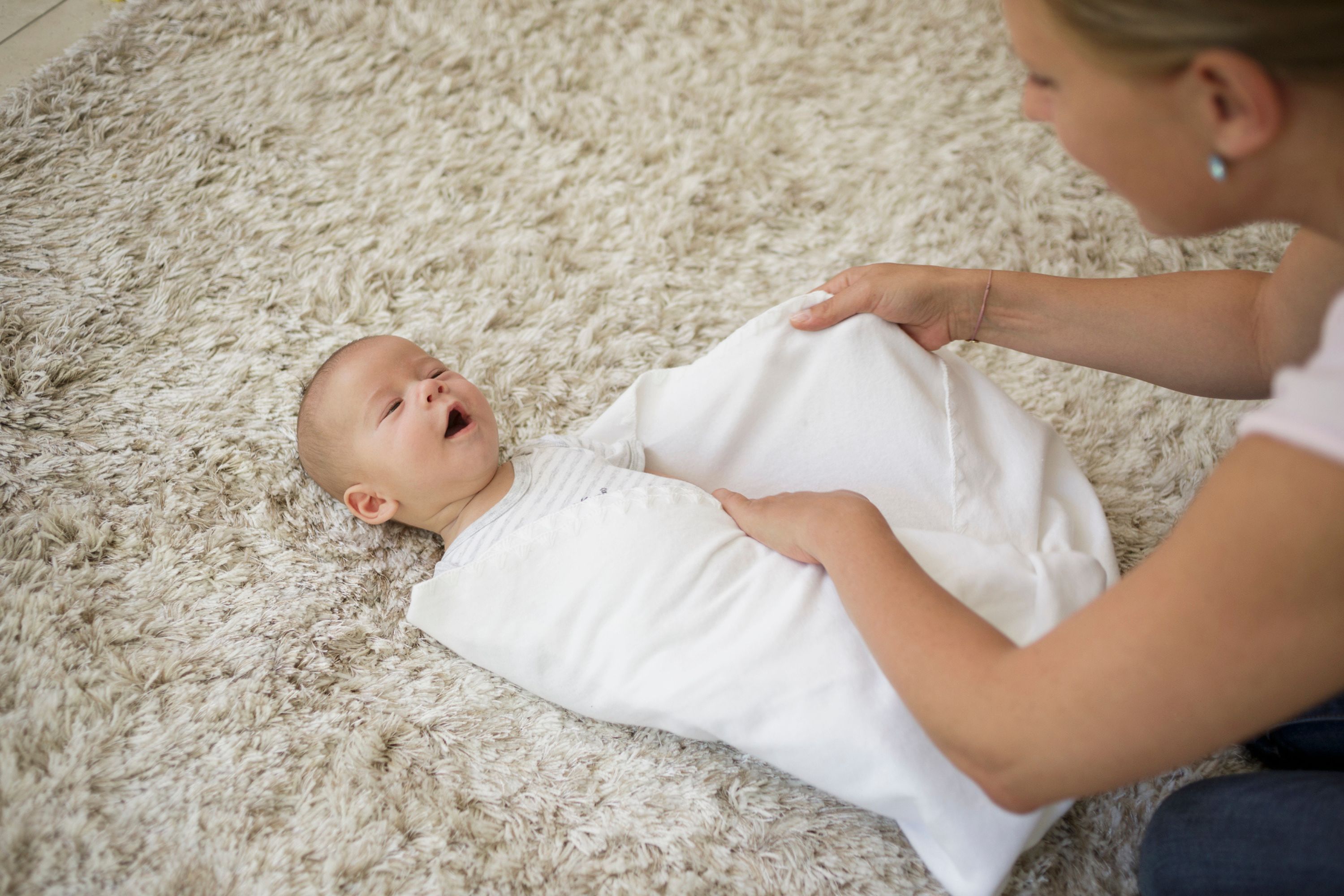
5. Can using sleeping bags keep baby comfortable for sleep?
Yes, sleeping bags for babies over 12 months old are often thought to be one of the safest options for a sleeping baby. The Lullaby Trust says "Baby sleeping bags are a good option as they prevent your baby’s head from being covered by wriggling under bedding. You can choose different togs for different seasons to help keep your baby at the right temperature. You can also select different sizes depending on the age of your baby. It is important that the sleeping bag fits well around the shoulders so that your baby’s head does not slip down into the bag. Extra bedding should not be needed."
For extra safety, try to select a neck size that isn't too wide, to prevent the baby's head from becoming covered by the sleeping bag. Any shoulder buttons or other fastenings should be checked and secured - any found to be loose should be removed immediately to prevent choking. Any with hoods present an immediate risk and should not be purchased, and the tog should be clearly displayed on the item. All sleeping bags need to conform to recognised safety standards and carry the marking BS EN 16781:2018.
How to dress a newborn for sleep
Newborns are more suited to swaddling. As swaddling can mimic the tightness of being inside the womb, these can be great for a new baby transitioning to being on the outside. It is a good idea to practice a few times before you swaddle your newborn, to be sure all of the safety guidelines are met and the swaddle is well fitting, secure but not tight around the hips, and no extra layers are used with it.
Newborns can be placed in a sleeping bag once they weigh 8.8lbs; for some newborns this will be immediate, whereas smaller or low birth weight babies might have to wait a while. If using a sleeping bag, test it in the same way you would a swaddle - place your baby inside and check their head won't slip through the neck hole, or that they won't be able to slip down inside the bag.
What tog sleeping bag?
It depends on the time of year, kind of like when grown-ups swap out their 10 tog duvet in summer to their 4 tog duvet. The following guide tells you what you need to know about selecting the right tog according to room temperature - investing in a room thermometer will make the process even easier. Did you know that the term 'tog' is an acronym for Thermal Overall Grade and rates the warmth of an item of clothing.
Sleeping bags usually come in togs ranging from 0.5 to 3.5, with some 0.2s sometimes available for the summer months.
- For rooms below 14 degrees, a 3.5 tog sleeping bag should be worn, with a cotton vest and sleepsuit underneath. These togs are very rarely required, as few countries are cold enough to need them.
- For rooms under 16 degrees, a 2.5 tog sleeping bag should be worn with a cotton vest and sleepsuit underneath.
- For rooms falling between 17-21 degrees, a 2.5 tog sleeping bag with cotton bodysuit underneath is suitable.
- For rooms falling between 22-25 degrees, a 1.5 tog sleeping bag with cotton bodysuit underneath is suitable.
- For a room above 25 degrees, a 0.5 tog sleeping bag alone will suffice.
For expert-approved baby sleep training books, we've picked out five of the best. For more advice on how to get a baby to sleep if the books aren't enough, our ultimate guide is sure to help. Wondering if you need a newborn sleep schedule? We can help you work out what's right for you.
Video of the Week

Lucy is a mum-of-two, multi-award nominated writer and blogger with six years’ of experience writing about parenting, family life, and TV. Lucy has contributed content to PopSugar and moms.com. In the last three years, she has transformed her passion for streaming countless hours of television into specialising in entertainment writing. There is now nothing she loves more than watching the best shows on television and sharing why you - and your kids - should watch them.
-
 The 'incredibly helpful' 30-second rule – liked by nearly 2 million people – that your kid needs to know about
The 'incredibly helpful' 30-second rule – liked by nearly 2 million people – that your kid needs to know aboutThis useful piece of advice is worth remembering for all of us, not just our children
By Adam England
-
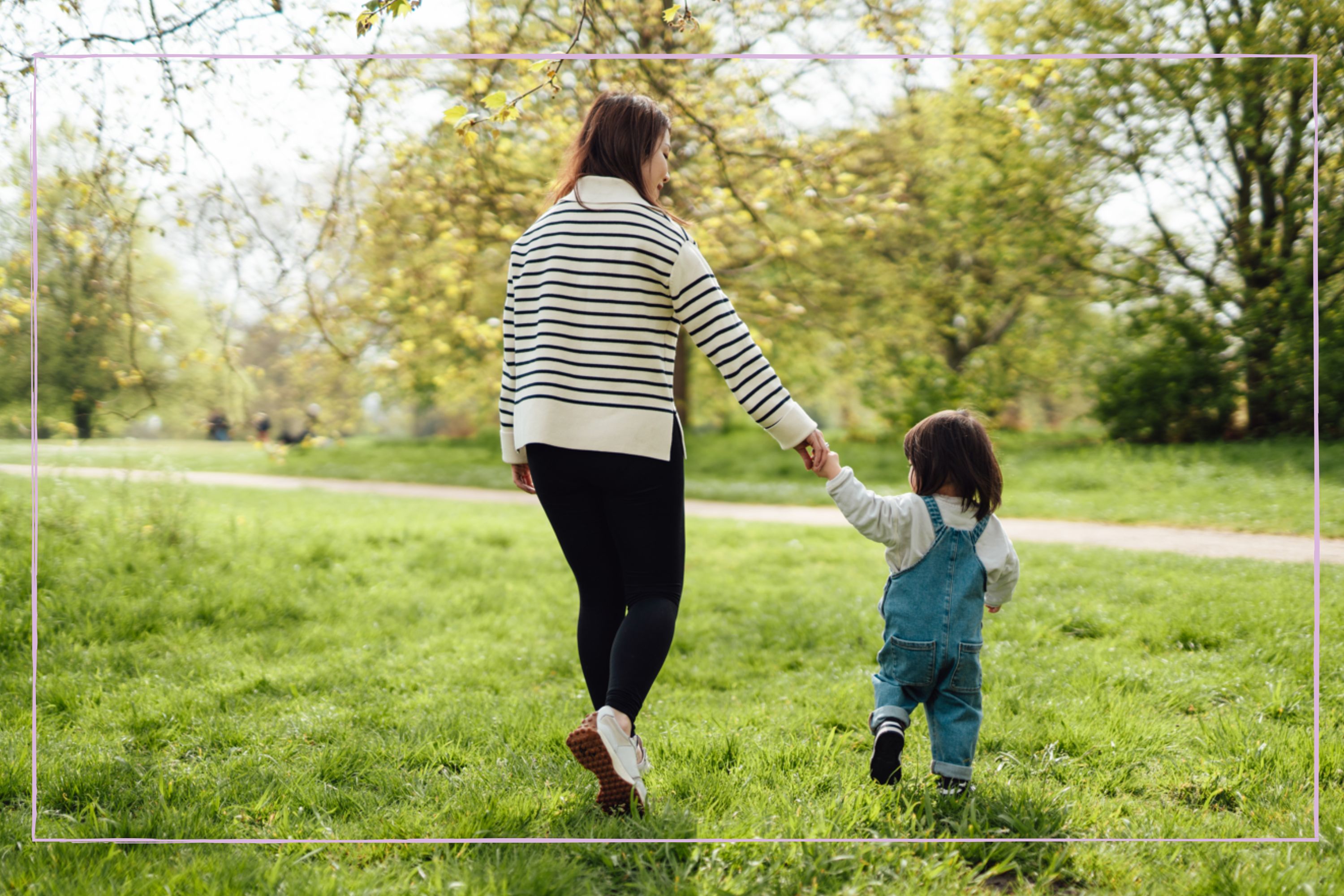 What is ‘sturdy parenting’? Child psychologist Dr Becky explains the benefits of this technique
What is ‘sturdy parenting’? Child psychologist Dr Becky explains the benefits of this techniqueIf you're at a loss when it comes to disciplining your kids, sturdy parenting might help - and it's approved by child psychologist Dr Becky.
By Ellie Hutchings
-
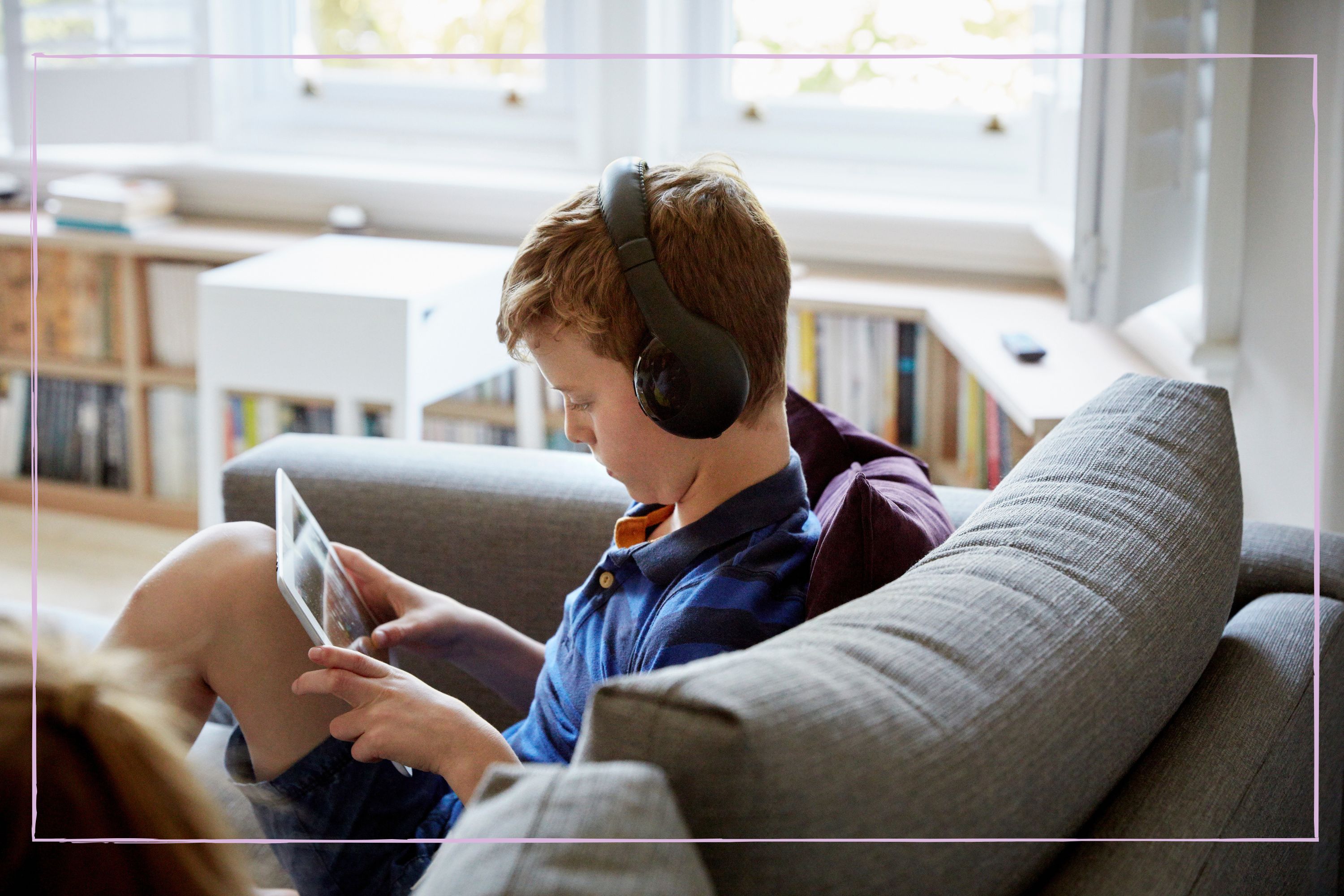 3 tips to set screen time boundaries from parenting experts Dr Becky Kennedy and Professor Emily Oster - and #1 is an important reminder
3 tips to set screen time boundaries from parenting experts Dr Becky Kennedy and Professor Emily Oster - and #1 is an important reminderStruggling to set screen time boundaries with your kids? Parenting experts Dr Becky Kennedy and Professor Emily Oster have shared three top tips.
By Ellie Hutchings
-
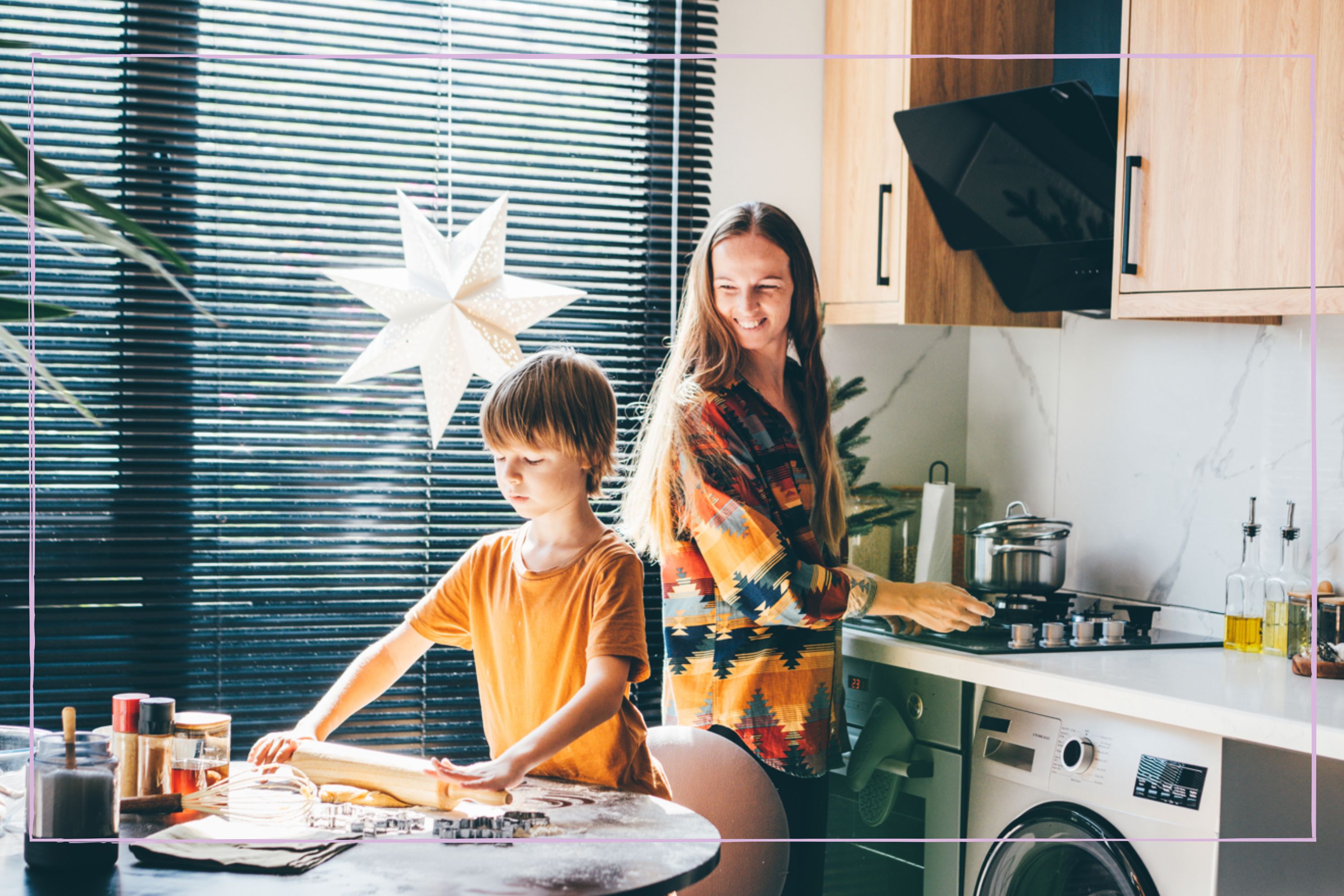 Could 'lazy parenting' be the next big thing? 2 psychologists share why it can be beneficial for development, but not everyone agrees
Could 'lazy parenting' be the next big thing? 2 psychologists share why it can be beneficial for development, but not everyone agrees'We need more lazy parents' and here's why, according to two child psychologists
By Ellie Hutchings
-
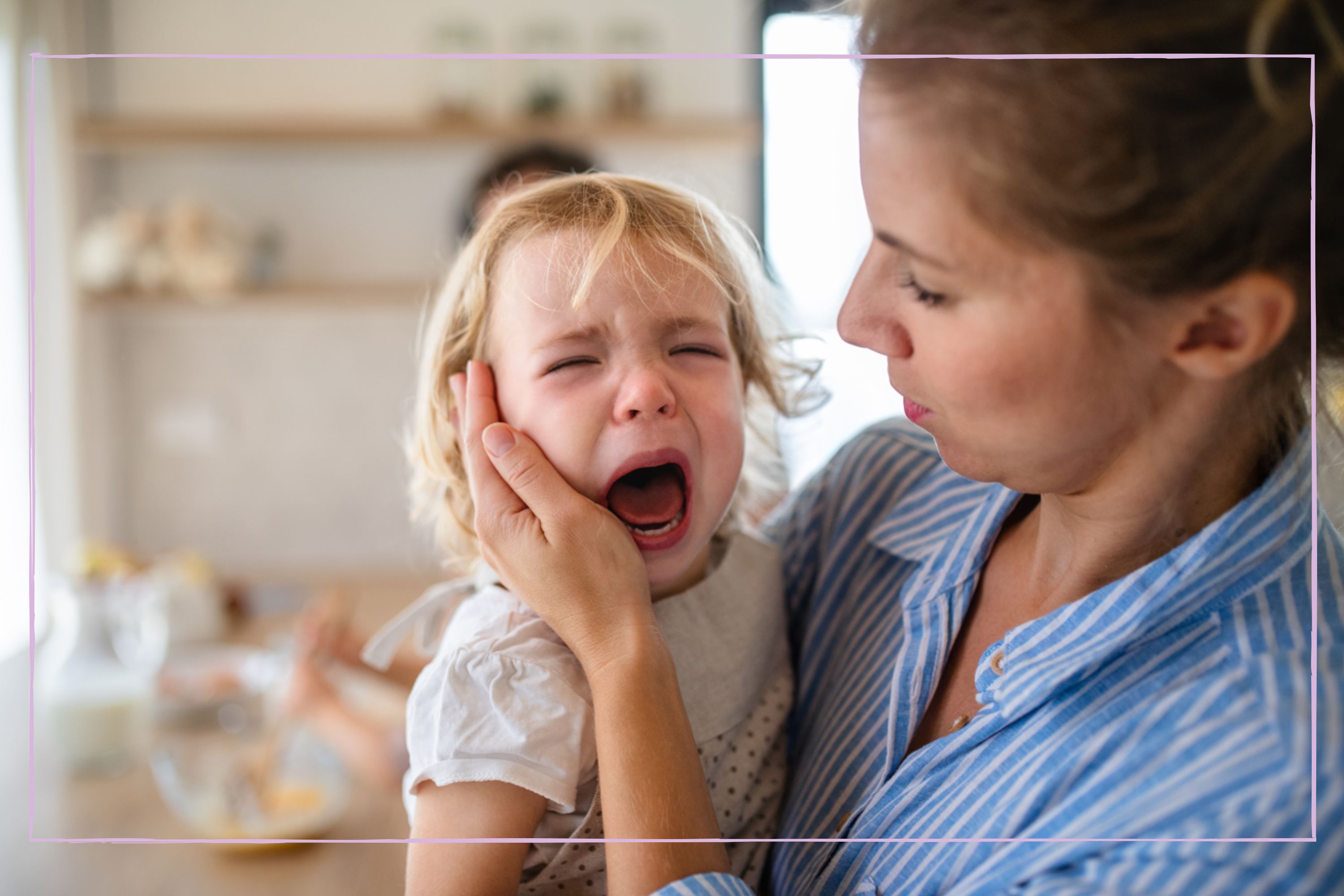 Parents, do you know what H.E.L.P. stands for? Psychologists swear by this acronym to navigate those tough parenting moments we all face
Parents, do you know what H.E.L.P. stands for? Psychologists swear by this acronym to navigate those tough parenting moments we all faceRemember: Halt, Empathy, Limits, Proximity...
By Ellie Hutchings
-
 Sticker charts 'don't work in the long run' says psychotherapist - try these 8 tips to teach kids intrinsic motivation instead
Sticker charts 'don't work in the long run' says psychotherapist - try these 8 tips to teach kids intrinsic motivation insteadOne expert has explained eight things you can do as a parent to help your child develop intrinsic motivation - and it means abandoning the sticker chart.
By Ellie Hutchings
-
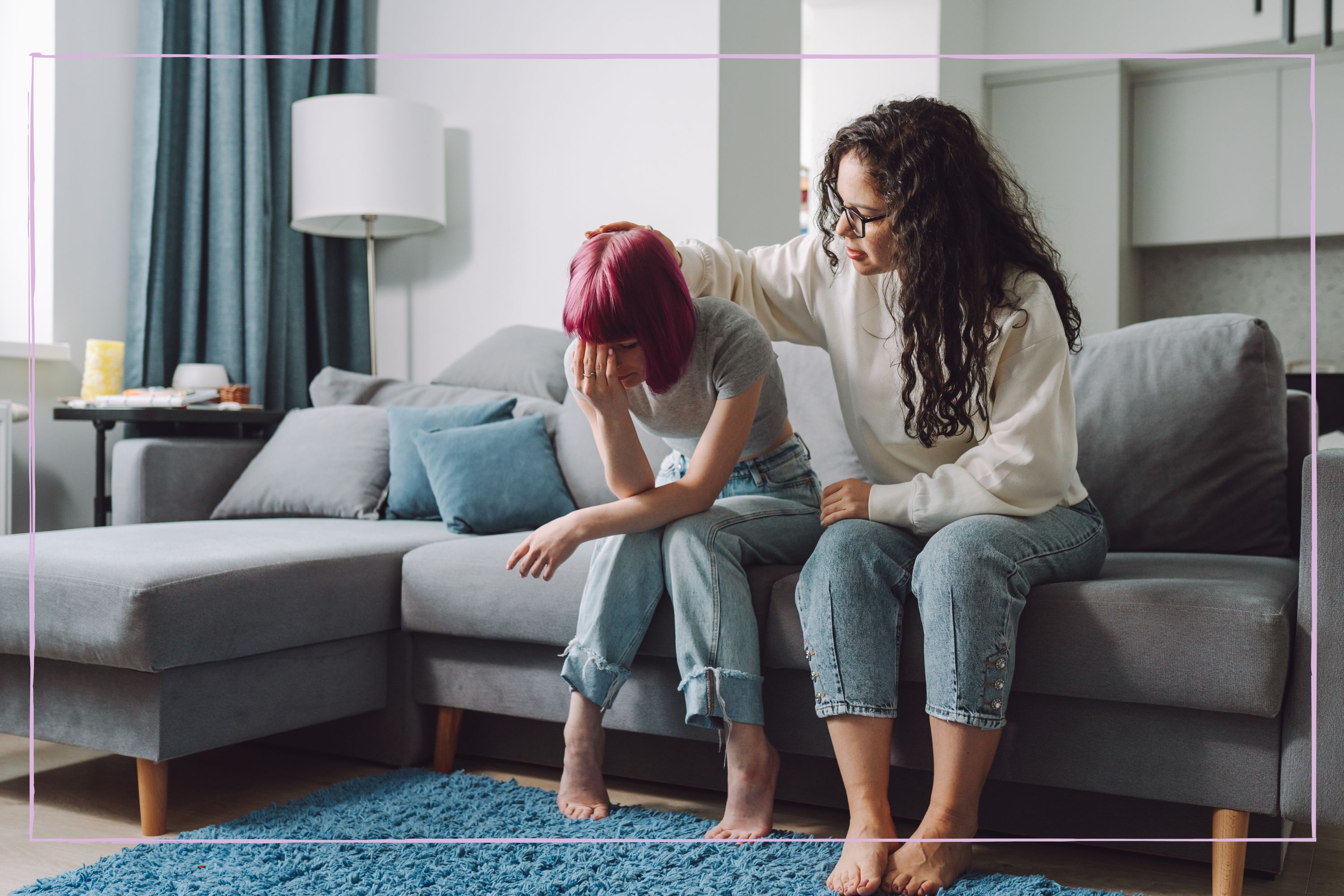 Reflective parenting could help your teenager manage their big emotions, new research shows - here are 5 steps to try
Reflective parenting could help your teenager manage their big emotions, new research shows - here are 5 steps to tryThe teenage years are tough for everyone involved. But research has suggested that an approach known as 'reflective parenting' can be the key to reconnecting.
By Ellie Hutchings
-
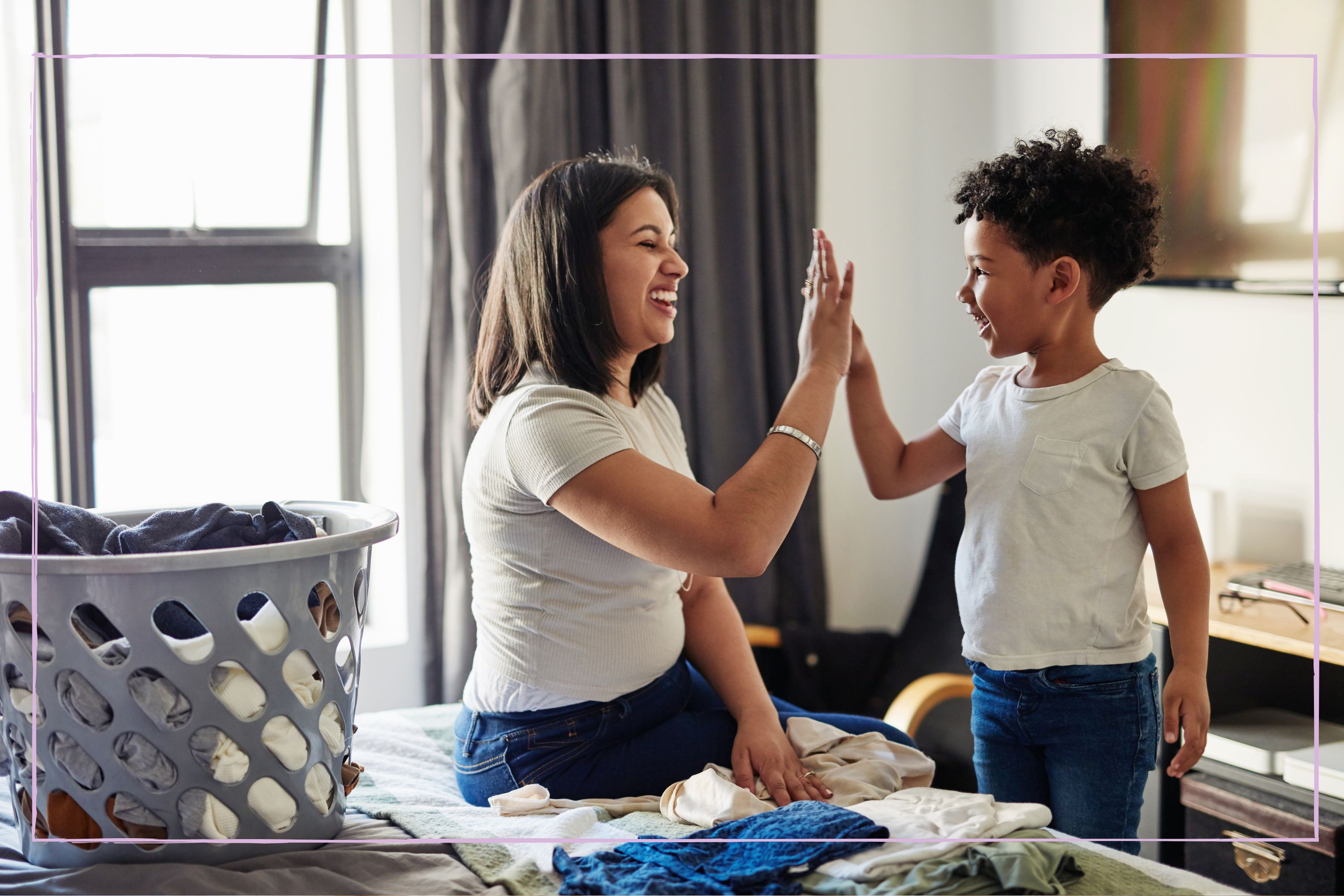 These 5 'game changing' phrases can teach your children about the mental load, according to a psychologist - and it could set them in good stead for adulthood
These 5 'game changing' phrases can teach your children about the mental load, according to a psychologist - and it could set them in good stead for adulthood"Change at home can change society"
By Ellie Hutchings